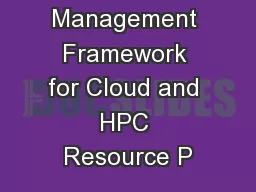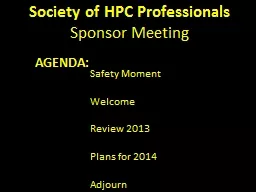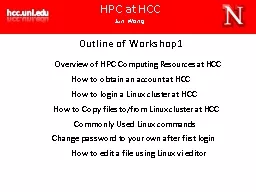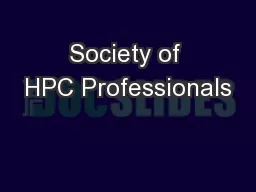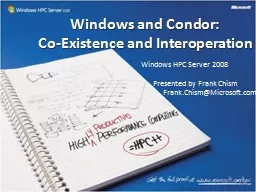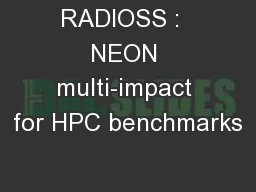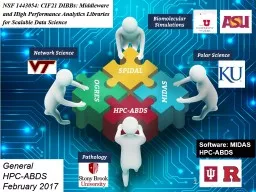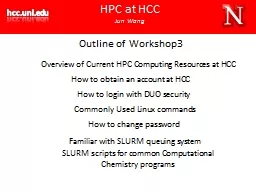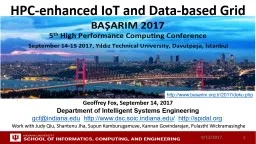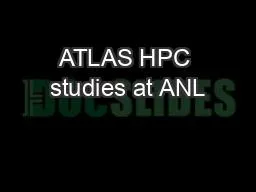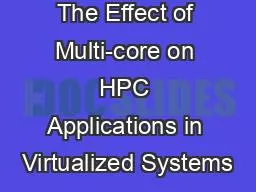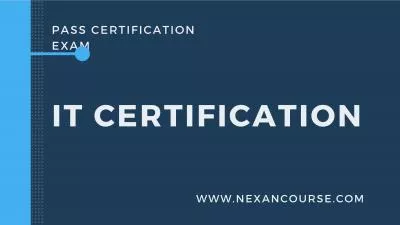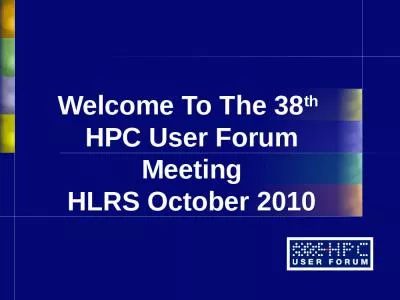PPT-A Project Management Framework for Cloud and HPC Resource P
Author : myesha-ticknor | Published Date : 2017-10-08
Jefferson Ridgeway 2 Ifeanyi Rowland Onyenweaku 3 Gregor von Laszewski 1 Fugang Wang 1 1 Indiana University Bloomington IN 47408 USA laszewski gmailcom
Presentation Embed Code
Download Presentation
Download Presentation The PPT/PDF document "A Project Management Framework for Cloud..." is the property of its rightful owner. Permission is granted to download and print the materials on this website for personal, non-commercial use only, and to display it on your personal computer provided you do not modify the materials and that you retain all copyright notices contained in the materials. By downloading content from our website, you accept the terms of this agreement.
A Project Management Framework for Cloud and HPC Resource P: Transcript
Download Rules Of Document
"A Project Management Framework for Cloud and HPC Resource P"The content belongs to its owner. You may download and print it for personal use, without modification, and keep all copyright notices. By downloading, you agree to these terms.
Related Documents

